
Introduction to SUS 316
The main components of SUS 316 stainless steel include the following elements, with specific contents as follows:Carbon (C): ≤0.08% Silicon (Si): ≤1.5% Ma
The main components of SUS 316 stainless steel include the following elements, with specific contents as follows:
Carbon (C): ≤0.08%
Silicon (Si): ≤1.5%
Manganese (Mn): ≤1.5%
Phosphorus (P): ≤0.04%
Sulfur (S): ≤0.04%
Chromium (Cr): 18.00-21.00%
Nickel (Ni): 9.00-12.00%
Molybdenum (Mo): 2.00-3.00%
Among these elements, chromium and nickel are the main alloying elements of stainless steel, which play a decisive role in the corrosion resistance of stainless steel. The addition of molybdenum further improves the corrosion resistance of SUS 316 in chloride environments, especially the pitting resistance. Elements such as carbon, silicon, and manganese have an important influence on the mechanical properties and process properties of stainless steel, while elements such as phosphorus and sulfur are regarded as harmful elements and need to be strictly controlled.
SUS 316 stainless steel has a wide range of uses, and its excellent corrosion resistance makes it used in many fields. The following is a detailed summary of the uses of SUS 316 stainless steel:
Marine equipment:
SUS 316 stainless steel is widely used in marine equipment and facilities due to its excellent resistance to chloride corrosion, especially in seawater and salt-damaged areas.
Common applications include facilities in coastal areas, products in contact with seawater, such as ship parts, offshore drilling platform components, etc.
Chemical industry:
In the chemical industry, the corrosion resistance of SUS 316 stainless steel makes it an ideal material for manufacturing chemical equipment, pipelines and containers.
It is resistant to corrosion by a variety of chemicals, such as acids, alkalis and salts.
Dye and paper industry:
During the production of dyes and paper, SUS 316 stainless steel is used to manufacture equipment and components that come into contact with corrosive chemicals.
Its corrosion resistance ensures the continuity of the production process and the long-term stable operation of the equipment.
Food processing and storage:
SUS 316 stainless steel is also widely used in food processing and storage equipment because it does not release harmful substances into food.
Its good corrosion resistance and easy cleaning make it the material of choice in the food processing industry.
Other applications:
Photographic equipment (such as CD rods), bolts, nuts, etc. are also often made of SUS 316 stainless steel.
Its good corrosion resistance and mechanical properties make it perform well in these applications.
In summary, SUS 316 stainless steel has a wide range of applications in many fields due to its excellent corrosion resistance, good work hardening and welding properties. In particular, it plays an important role in marine equipment, chemical industry, dye and paper industry, and food processing industry.
stainless steel processing
The manufacture of stainless steel involves a series of processes. First, the steel is melted, and then it is cast into solid form. After various forming steps, the steel is heat treated and then cleaned and polished to give it the desired finish. Next, it is packaged and sent to manufacturers, who weld and join the steel to produce the desired shapes.
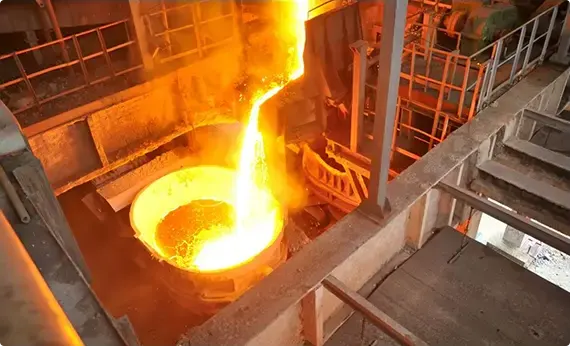
Melting and Casting
The raw materials that constitute a stainless steel item are placed together and melted in a giant electric furnace. Intense heat is applied rigorously for a period of 8 to 12 hours during this step. Once the melting is complete, the molten steel is cast into desired semi-finished forms. Some of the most common forms or shapes include slabs, blooms (rectangular shapes), billets (these could either be round or square), rods, and tube rounds.

Forming
In the second stage, the semi-finished steel shapes undergo a series of forming operations. For instance, the stainless steel is hot rolled (heated and passed through enormous rolls). The blooms and billets mentioned above are converted to bar and wire. The slabs on the other hand are formed into plates, strips or sheets. It is very common to turn semi-finished steel shapes into bars, as it is the most versatile stainless steel form (it comes in all grades and sizes). You have round, square, octagonal, and hexagonal bars, each suitable for a different type of application.
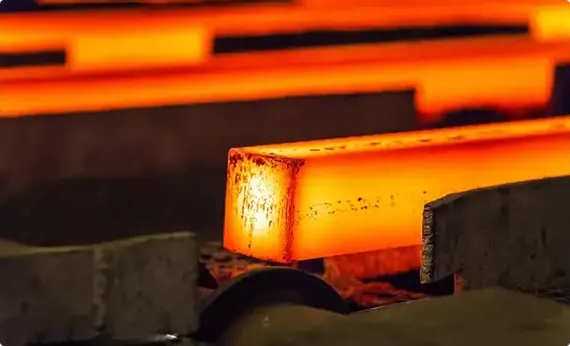
Heat Treatment
The various stainless steel forms undergo a thorough annealing process during this step. Annealing is another name for heat treatment where the stainless steel is heated and cooled in a controlled environment. The purpose of this heat treatment is to relieve the pent-up stress inside the stainless steel and soften the material to make it more suitable for a wide variety of applications. The people in charge of carrying out the annealing process have to be very careful about the conditions as even the slightest of changes in the temperature, pressure, duration, or cooling rate could result in a faulty product.
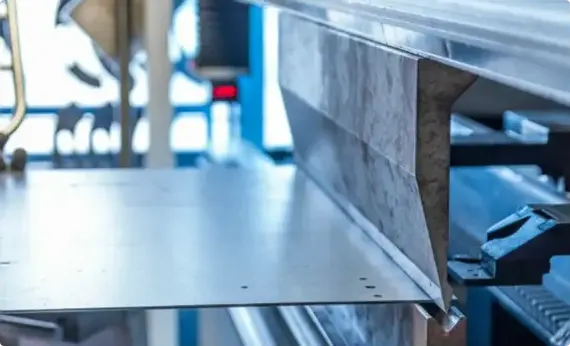
Descaling
During the annealing process, a certain amount of scale appears on the surface of the stainless steel. This scale can be removed using a number of different processes that are collectively known as descaling. Pickling is one of the more common methods of carrying out the descaling process.
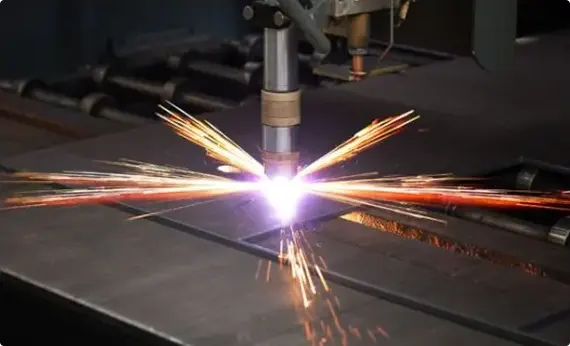
Cutting
The semi-finished, heat-treated, and descaled stainless steel forms are cut into specific shapes in this step. Mechanical cutting is performed with the aid of guillotine knives, blanking, nibbling, and high-speed blades.
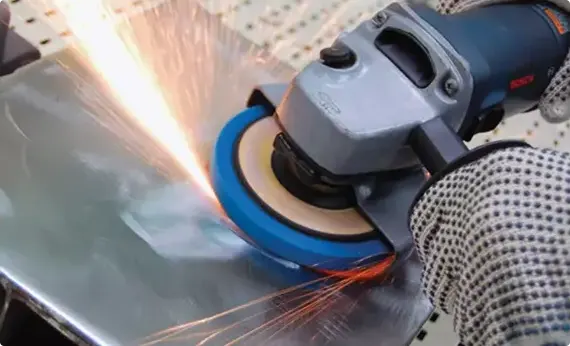
Finishing
Finishing is applied to help the stainless steel product achieve its signature aesthetically appealing appearance. Finishes are also needed to make the stainless steel product smooth and easier to clean, which is a top requirement in sanitary applications.
